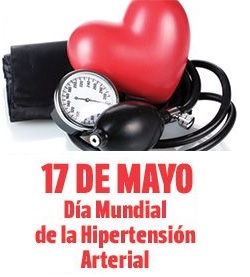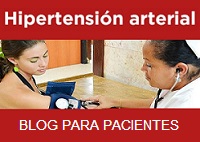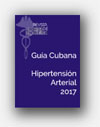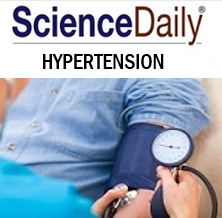Blood pressure variability and outcome after acute intracerebral haemorrhage: a post-hoc analysis of INTERACT2, a randomised controlled trial
 Por: Lisa Manning MBChB , Yoichiro Hirakawa MD, Hisatomi Arima PhD, Xia Wang MMed, Prof John Chalmers MD, Prof Jiguang Wang PhD, Prof Richard Lindley MD, Emma Heeley PhD, Candice Delcourt MD, Prof Bruce Neal MD, Prof Pablo Lavados MD, Prof Stephen M Davis MD, Prof Christophe Tzourio MD j k, Prof Yining Huang MD, Prof Christian Stapf MD, Prof Mark Woodward PhD, Prof Peter M Rothwell FMedSci, Prof Thompson G Robinson MD y Prof Craig S Anderson MD. The Lancet Neurology, Volume 13, Issue 4, Pages 364 – 373, April 2014
Por: Lisa Manning MBChB , Yoichiro Hirakawa MD, Hisatomi Arima PhD, Xia Wang MMed, Prof John Chalmers MD, Prof Jiguang Wang PhD, Prof Richard Lindley MD, Emma Heeley PhD, Candice Delcourt MD, Prof Bruce Neal MD, Prof Pablo Lavados MD, Prof Stephen M Davis MD, Prof Christophe Tzourio MD j k, Prof Yining Huang MD, Prof Christian Stapf MD, Prof Mark Woodward PhD, Prof Peter M Rothwell FMedSci, Prof Thompson G Robinson MD y Prof Craig S Anderson MD. The Lancet Neurology, Volume 13, Issue 4, Pages 364 – 373, April 2014
Stroke is a major cause of premature death and disability. The most serious and least treatable form—acute intracerebral haemorrhage—affects more than 1 million people each year worldwide.1 High blood pressure is a risk factor for stroke, particularly for both incident and recurrent intracerebral haemorrhage, but it also predicts a poor outcome when present in the first 24 h after the onset of intracerebral haemorrhage.2—4 Thus, early intensive control of blood pressure could be a safe and effective treatment for this disorder.5, 6 INTERACT2 showed improved functional outcomes with little risk for patients with intracerebral haemorrhage who received target-driven, early, intensive treatment to reduce blood pressure





![Glosario: hipertensión [Hipertensión arterial en la atención primaria de salud. 2009]](http://temas.sld.cu/hipertension/files/2016/04/Glosario-e1541006177950.jpg)



Comentarios recientes